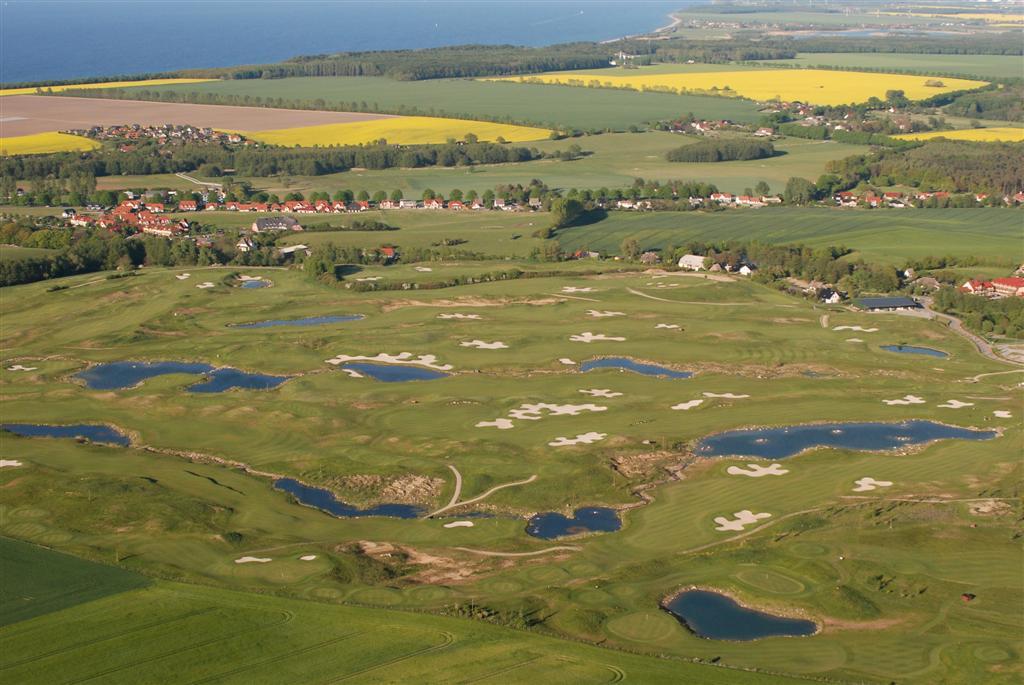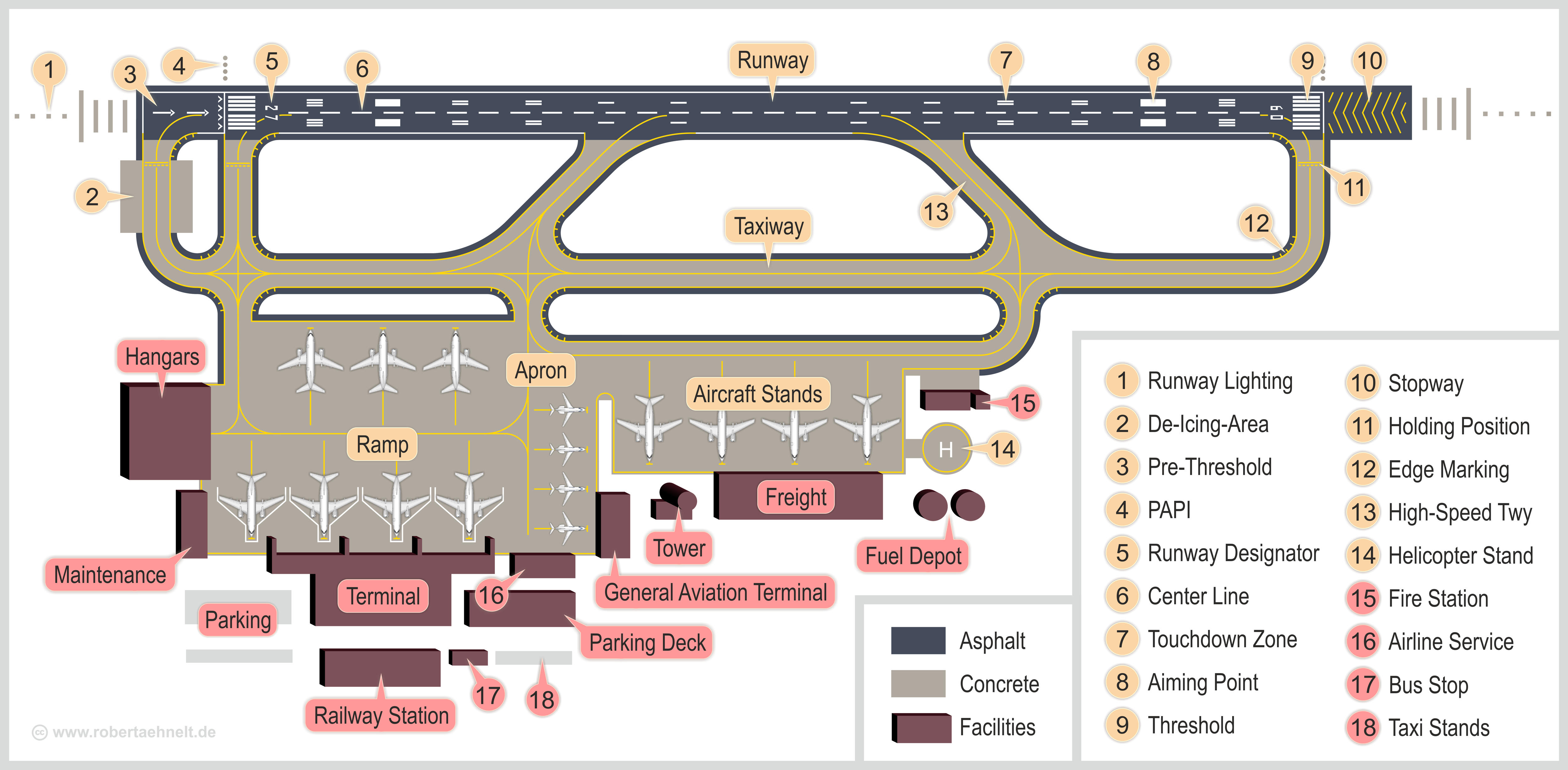|
Namulonge
Namulonge is a location in the Central Region of Uganda. Location Namulonge is located in North Kyaddondo Constituency, Kyaddondo County, Wakiso District, in the Central Region of Uganda. Its location is approximately , by road, north of Gayaza. This location is approximately , by road, northeast of Kampala, Uganda's capital city. The coordinates of Namulonge are:00 31 30N, 32 36 54E (Latitude:0.5250; Longitude:32.6150). Overview Namulonge is a small town where the main employer is the National Crops Resources Research Institute, a public agricultural research institution. A civilian airport, Namulonge Airport, belonging to Namulonge Agronometry Station is located there. There is a golf course in town. Population The exact population of Namulonge is not known, as of January 2010. Points of interest The following points of interest lie within Namulonge or close to her borders: * The National Crop Research Institute * Namulonge Agronometry Station - A government-owned meteorolo ... [...More Info...] [...Related Items...] OR: [Wikipedia] [Google] [Baidu] |
Namulonge Airport
Namulonge Airport, also referred to as Namulonge Airstrip, is an airstrip serving the Namulonge Agronometeorology Station near the town of Namulonge in the Wakiso District of Uganda, north of central Kampala. The narrow runway is also used as a road and is surrounded by plowed fields of the agricultural research station. The station has an automated airport weather station (AWOS) system installed. The "HUNA" ICAO airport code may be no longer active. See also *Transport in Uganda *List of airports in Uganda This is a list of airports in Uganda, sorted by location. Uganda is a landlocked country in East Africa. It is bordered on the east by Kenya, on the north by South Sudan, on the west by the Democratic Republic of the Congo, on the southwest by Rw ... References Airports in Uganda Wakiso District {{Uganda-airport-stub ... [...More Info...] [...Related Items...] OR: [Wikipedia] [Google] [Baidu] |
Gayaza
Gayaza is a town in Wakiso District in the Buganda Region of Uganda. Location Gayaza is in the North Kyaddondo Constituency, Kyaddondo County. The town is approximately , north-east of Kasangati, on the ''Kampala–Ziroobwe Road''. This is approximately , by road, north-east of Kampala, the capital and largest city of Uganda. The coordinates of Gayaza are 0°27'03.0"N, 32°36'42.0"E (Latitude:0.450833; Longitude:32.611667). Gayaza lies at an average elevation of , above sea level. Overview In the early 20th century, Gayaza started as a road junction, where the road to Gayaza High School branched off the main road from Kampala to Kalagi. Shops began to appear in the middle of the century when the Uganda Ministry of Agriculture opened an agricultural research center at Namulonge. Later, Makerere University opened a crop and animal farm at Kabanyolo to cater for the faculties of Agriculture and Veterinary Medicine. Today, the township continues to grow and is continuous with ... [...More Info...] [...Related Items...] OR: [Wikipedia] [Google] [Baidu] |
Flag Of Uganda
The national flag of Uganda () was adopted on 9 October 1962, the day that the nation became independent from the British Empire. It consists of six equal horizontal bands of black, yellow, and red from top to bottom. A white disc is superimposed at the centre and depicts the national symbol, a grey crowned crane, facing the hoist's side. During the colonial era, the British used a Blue Ensign that was defacement (flag), defaced with the colonial badge, as prescribed in 1865 regulations. Buganda, the largest of the traditional kingdoms in the colony of Uganda, had its own flag. However, in order to avoid appearing to give preference to one region of the colony over any other, the British colonial authorities selected the crane emblem for use on the Blue Ensign and other official banners. History When the Democratic Party (Uganda), Democratic Party ruled the country, it proposed a flag design with vertical stripes of green-blue-green, separated by narrower yellow stripes, and i ... [...More Info...] [...Related Items...] OR: [Wikipedia] [Google] [Baidu] |
Civilian
A civilian is a person who is not a member of an armed force. It is war crime, illegal under the law of armed conflict to target civilians with military attacks, along with numerous other considerations for civilians during times of war. If a civilian engages in hostilities, they are an unlawful combatant and temporarily lose their protection from attack. It is slightly different from a non-combatant, because some non-combatants are not civilians (for example, people who are not in a military but support war effort or military operations, military chaplains, or military personnel who are serving with a neutral country). Civilians in the territories of a party to an armed conflict are entitled to certain privileges under the customary international law, customary laws of war and Treaty, international treaties such as the Fourth Geneva Convention. The privileges that they enjoy under international law depends on whether the conflict is an internal one (a civil war) or an internationa ... [...More Info...] [...Related Items...] OR: [Wikipedia] [Google] [Baidu] |
Populated Places In Central Region, Uganda
Population is a set of humans or other organisms in a given region or area. Governments conduct a census to quantify the resident population size within a given jurisdiction. The term is also applied to non-human animals, microorganisms, and plants, and has specific uses within such fields as ecology and genetics. Etymology The word ''population'' is derived from the Late Latin ''populatio'' (a people, a multitude), which itself is derived from the Latin word ''populus'' (a people). Use of the term Social sciences In sociology and population geography, population refers to a group of human beings with some predefined feature in common, such as location, race, ethnicity, nationality, or religion. Ecology In ecology, a population is a group of organisms of the same species which inhabit the same geographical area and are capable of interbreeding. The area of a sexual population is the area where interbreeding is possible between any opposite-sex pair within the a ... [...More Info...] [...Related Items...] OR: [Wikipedia] [Google] [Baidu] |
Meteorological
Meteorology is the scientific study of the Earth's atmosphere and short-term atmospheric phenomena (i.e. weather), with a focus on weather forecasting. It has applications in the military, aviation, energy production, transport, agriculture, construction, weather warnings and disaster management. Along with climatology, atmospheric physics and atmospheric chemistry, meteorology forms the broader field of the atmospheric sciences. The interactions between Earth's atmosphere and its oceans (notably El Niño and La Niña) are studied in the interdisciplinary field of hydrometeorology. Other interdisciplinary areas include biometeorology, space weather and planetary meteorology. Marine weather forecasting relates meteorology to maritime and coastal safety, based on atmospheric interactions with large bodies of water. Meteorologists study meteorological phenomena driven by solar radiation, Earth's rotation, ocean currents and other factors. These include everyday wea ... [...More Info...] [...Related Items...] OR: [Wikipedia] [Google] [Baidu] |
Golf Course
A golf course is the grounds on which the sport of golf is played. It consists of a series of holes, each consisting of a teeing ground, tee box, a #Fairway and rough, fairway, the #Fairway and rough, rough and other hazard (golf), hazards, and a green with a cylindrical hole in the ground, known as a "cup". The cup holds a flagstick, known as a "pin". A standard round of golf consists of 18 holes, and as such most courses contain 18 distinct holes; however, there are many 9-hole courses and some that have holes with shared fairways or greens. There are also courses with a non-standard number of holes, such as 12 or 14. The vast majority of golf courses have holes of varying length and difficulties that are assigned a standard score, known as Par (score), par, that a proficient player should be able to achieve; this is usually three, four or five strokes. Par-3 courses consist of holes all of which have a par of three. Short courses have gained in popularity; these consist of mo ... [...More Info...] [...Related Items...] OR: [Wikipedia] [Google] [Baidu] |
Airport
An airport is an aerodrome with extended facilities, mostly for commercial Aviation, air transport. They usually consist of a landing area, which comprises an aerially accessible open space including at least one operationally active surface such as a runway for a airplane, plane to take off and to land or a helipad, and often includes adjacent utility buildings such as Air traffic control, control towers, hangars and airport terminal, terminals, to maintain and monitor aircraft. Larger airports may have airport aprons, taxiway bridges, air traffic control centres, passenger facilities such as restaurants and Airport lounge, lounges, and emergency services. In some countries, the US in particular, airports also typically have one or more fixed-base operators, serving general aviation. Airport operations are extremely complex, with a complicated system of aircraft support services, passenger services, and aircraft control services contained within the operation. Thus airpor ... [...More Info...] [...Related Items...] OR: [Wikipedia] [Google] [Baidu] |
Kampala
Kampala (, ) is the Capital city, capital and largest city of Uganda. The city proper has a population of 1,875,834 (2024) and is divided into the five political divisions of Kampala Central Division, Kampala, Kawempe Division, Kawempe, Makindye Division, Makindye, Nakawa Division, Nakawa, and Rubaga Division, Rubaga. Kampala's metropolitan area consists of the city proper and the neighboring Wakiso District, Mukono District, Mpigi District, Buikwe District and Luweero District. It has a rapidly growing population that is estimated at 6,709,900 people in 2019 by the Uganda Bureau of Statistics in an area of . Other estimates estimate put the size of the metropolitan area at around four million people. In 2015, this metropolitan area generated an estimated nominal GDP of $13.80221 billion (constant US dollars of 2011), which was more than half of Uganda's GDP for that year, indicating the importance of Kampala to Uganda's economy. Kampala is reported to be among the fastes ... [...More Info...] [...Related Items...] OR: [Wikipedia] [Google] [Baidu] |
Uganda
Uganda, officially the Republic of Uganda, is a landlocked country in East Africa. It is bordered to the east by Kenya, to the north by South Sudan, to the west by the Democratic Republic of the Congo, to the south-west by Rwanda, and to the south by Tanzania. The southern part includes a substantial portion of Lake Victoria, shared with Kenya and Tanzania. Uganda is in the African Great Lakes region, lies within the Nile basin, and has a varied equatorial climate. , it has a population of 49.3 million, of whom 8.5 million live in the capital and largest city, Kampala. Uganda is named after the Buganda, Buganda kingdom, which encompasses a large portion of the south, including Kampala, and whose language Luganda is widely spoken; the official language is English. The region was populated by various ethnic groups, before Bantu and Nilotic groups arrived around 3,000 years ago. These groups established influential kingdoms such as the Empire of Kitara. The arrival of Arab trade ... [...More Info...] [...Related Items...] OR: [Wikipedia] [Google] [Baidu] |
Parliament Of Uganda
The Parliament of Uganda is the unicameral legislature of the Republic of Uganda. One of its primary functions is to pass laws that support effective governance in the country. Government ministers are required to answer to the people's representatives on the floor of the house and may be appointed from amongst its members. Through the various parliamentary committees, parliament scrutinises government programmes, particularly as outlined in the ''State of the Nation'' address by the president. Fiscal matters, such as taxation and loans, require parliamentary approval after appropriate debate.Parliament also holds the authority to confirm certain presidential nominations and, through a motion of censure, may compel a Minister to resign. Composition The 11th Parliament (2021–2026) has a total of 557 seats, including 353 representatives elected using first-past-the-post voting in single winner constituencies. Using the same method, 146 seats reserved for women are filled, wi ... [...More Info...] [...Related Items...] OR: [Wikipedia] [Google] [Baidu] |






